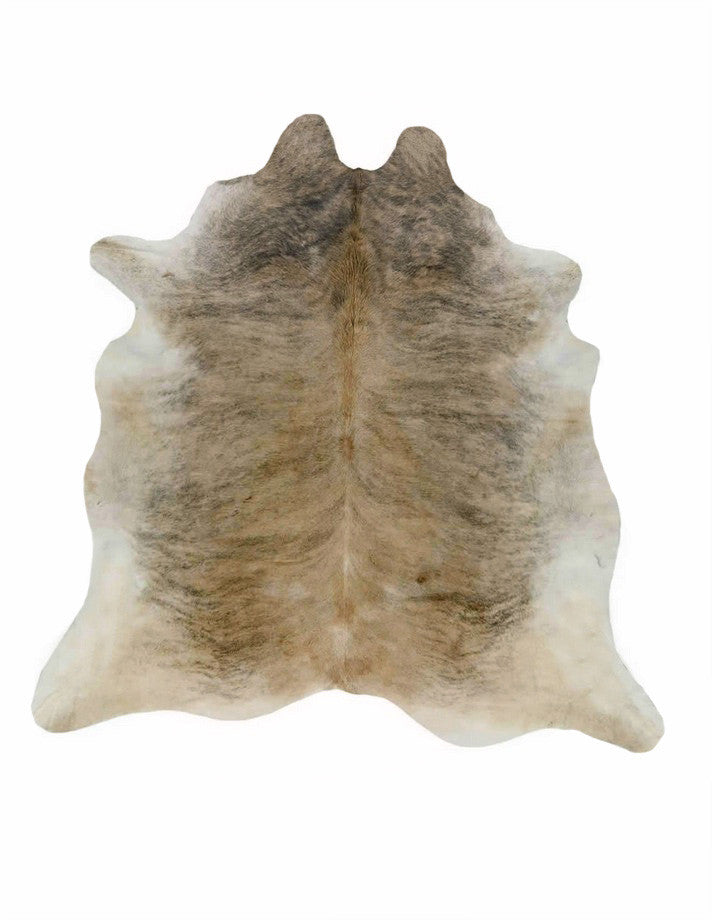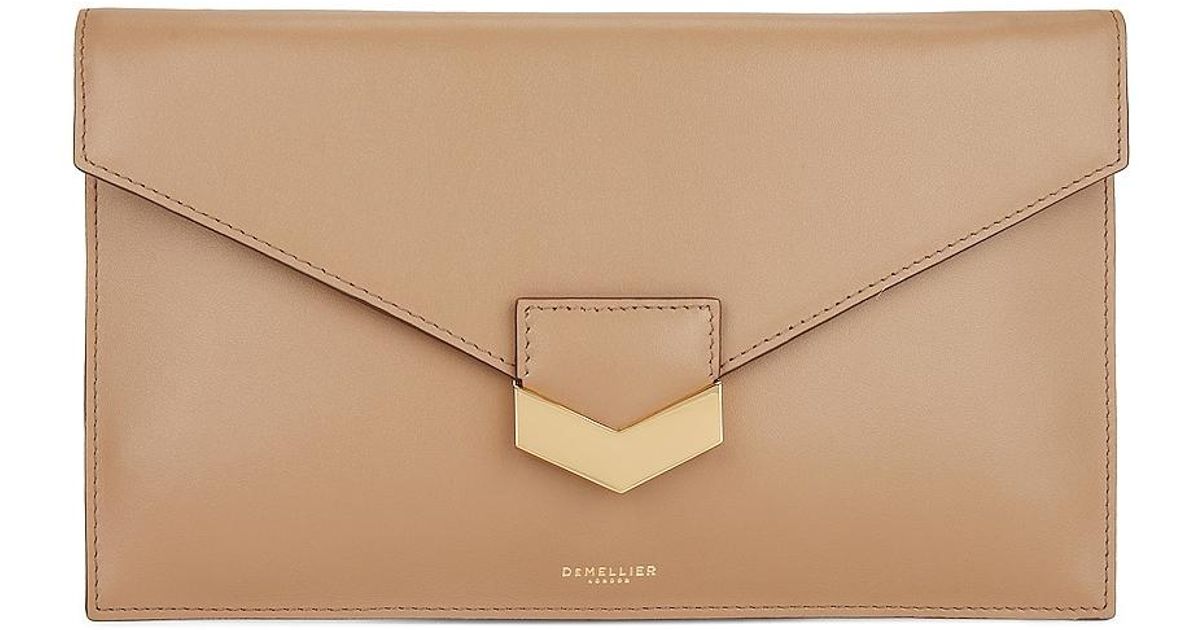
Tallow, sheep grease, or the oil of the wild rocket plant ( mandāb) or poppy is also used to finish the leather.įollowing are typical procedures for tanning leather, observed in Sīrjān, Jandaq, and Mašhad. Pomegranate flowers can be used to produce a brighter color. Leather dyes can be made from ground and strained pomegranate skins mixed with water, sometimes with the addition of wild almond roots (in Jandaq known as rūs). For tanning, a solution of approximately 3 kg of crystalline or mineral alum and 1.5 kg of salt to 60 liters of water a solution of 3 kg of chicken or pigeon droppings to 60 liters of water or a mixture of 1 kg of the dried, ground leaves of the Persian turpentine tree ( bana) to 20 liters of water is used. For the initial treatment to remove hair and flesh, a solution of 30 kg of purified lime (free of sand and pebbles) or a mixture of lime and wood ash to 500 liters of water is common. Several substances are used in the various tanning processes. The necessary equipment includes large troughs or pools for soaking and rinsing the skins, a blunt wooden pole for stirring them, a smooth pole propped against a wall on which skins are draped while being scraped, a rack of horizontal bars for draining the wet skins, and a scraping knife with a blade curved like a sickle, called dast-kāla in Jandaq and šafra in Sīrjān. The tannery itself ( dabbāḡ-ḵāna) includes covered areas where hides may be dried in the open air but out of direct sunlight.
#ALIUM FOR TANNING COW HIDES SKIN#
Most of the basic tanning methods have been known since ancient times, though major improvements were made in the 19th century.īecause of the associated stench, traditional Persian tanneries are located in isolated spots near running streams (though skin bags are sometimes tanned in villages). The resulting leather is finished with oils and dyes. The hide is then treated with an agent-smoke, salt, alum, bark or roots, or chemicals-to remove excess water and bind and coat the protein fibers of the skin. For an animal hide to be converted into usable leather the hair and remaining traces of fat and muscle must be removed, usually by soaking and scraping. Traditional tanning equipment and materials. In southern Persia, in Sīrjān, for example, tanning is also known as ʿamal āvardan (lit., “working the skin”), in the central regions, as at Jandaq, as dast-varzī (lit., “handling, kneading”). The next day soak the salted skin in clean water for up to two hours, or until the skin is soft.DABBĀḠĪ, tanning, the process by which animal skins are made into leather. Completely cover the fleshy surface with salt (not rock salt). Spread the skin out, fur side down, on a flat surface. “This part is time-consuming,” Wagner says.

Then use the serrated edge of a butter knife to scrape the hide. Cut away all the excess meat and fat from the skin with a sharp knife. “But there is a simple and safe way to tan a hide using household items like salt, baking soda, and vinegar.” Once the hide has been removed from the animal, it’s ready for processing, but be sure to keep the skin in a cool, dry place while working with it.ġ. “Professionals often use harsh chemicals and acids,” says Durango-based master taxidermist Clay Wagner, who has been working with skins for 26 years.


While the amateur tanner may not embrace that technique, rest assured there’s more than one way to tan a deer, so to speak.

According to an old wives’ tale, every animal has enough brain matter to tan its own hide.


 0 kommentar(er)
0 kommentar(er)
